
Weightlifting is a popular sport and fitness activity in New Zealand, and for good reason. Not only does weightlifting help build strength, increase muscle mass, and improve overall health, but it is also a great way to challenge yourself physically and mentally. However, weightlifting can also be dangerous if proper safety measures are not taken, which is where the weightlifting belt comes in. In recent years, there has been a growing trend of weightlifters and fitness enthusiasts in New Zealand incorporating weightlifting belts into their routines.
So what exactly are the benefits of using a weightlifting leather belt? Simply put, a weightlifting belt provides added support to the lower back and core, improving stability and reducing the risk of injury. In this blog post, we will delve into the science behind weightlifting belts and how they can improve your lifts and overall workouts. We will also discuss the different types of weightlifting belts available and tips for choosing the right one for you. By the end of this post, you will have a better understanding of why using a weightlifting leather belt is a must for safe and effective weightlifting.
- The Science Behind Weightlifting Belts
- Explanation of how weightlifting belts work
- Discussion of the physiological benefits of using a weightlifting belt
- Better Lifts and Improved Workouts with a Weightlifting Belt
- Choosing the Right Weightlifting Belt
- Explanation of the different types of weightlifting belts
- Considerations for choosing the right weightlifting belt
- Tips for properly using a weightlifting belt
- Final thoughts of the benefits of using a weightlifting belt
- Encouragement for readers to consider trying a weightlifting belt for their own workouts
The Science Behind Weightlifting Belts
The science behind weightlifting belts is rooted in the concept of increased intra-abdominal pressure. When you wear a weightlifting belt, it provides support to your lower back by compressing the abdominal muscles. This compression results in increased intra-abdominal pressure, which helps to stabilize the spine and reduce the risk of injury during heavy lifts. By improving spinal alignment and core stability, weightlifting belts allow for better form and technique, which leads to improved lifts and overall workout performance. In addition, the use of a weightlifting belt can also activate the muscles in the trunk and lower back, making them work harder and leading to increased strength and power in these areas. The trend of weightlifting belts in New Zealand has increased in recent years as fitness enthusiasts have realized the benefits of incorporating them into their workout routine for improved lifts, enhanced performance, and reduced risk of injury.
Explanation of how weightlifting belts work
Weightlifting belts work by providing support and stability to the core muscles, specifically the lower back and abdominal muscles. When worn properly, a weightlifting belt increases intra-abdominal pressure which in turn helps to stabilize the spine and reduce stress on the lower back. This increased support allows for a more stable base, making it easier for the lifter to lift heavier weights with better form and technique. The added support from a weightlifting belt also helps to prevent the lower back from rounding and reduces the risk of injury during heavy lifts. The trend of weightlifting belts has been growing in New Zealand, as fitness enthusiasts and weightlifters alike have come to understand the numerous benefits of using a weightlifting belt to enhance their performance and reduce the risk of injury.
Discussion of the physiological benefits of using a weightlifting belt
When it comes to weightlifting, safety should always be a top priority. This is where a weightlifting belt can play a crucial role in reducing the risk of injury and improving overall performance. One of the key physiological benefits of using a weightlifting belt is increased core stability. The belt acts as a support system for the spine and helps to stabilize the abdominal muscles during heavy lifts. This leads to better spinal alignment and reduces the risk of injury to the lower back. Additionally, the pressure created by the belt on the abdominal cavity increases intra-abdominal pressure, which further stabilizes the spine and improves power and strength during lifts. By incorporating a weightlifting belt into your workout routine, you can improve your lifts and overall workout performance while also reducing the risk of injury.
Better Lifts and Improved Workouts with a Weightlifting Belt
Weightlifting belts have been growing in popularity among weightlifters and fitness enthusiasts in New Zealand, and for good reason. Not only can they help improve lifts, but they can also enhance overall workouts. When used correctly, weightlifting belts increase intra-abdominal pressure, which leads to improved power and strength. This improved stability also allows for better form and technique during lifts, leading to more effective and efficient workouts. Furthermore, using a weightlifting belt can increase confidence and motivation during exercises, leading to better performance and faster results. With all of these benefits, it's easy to see why incorporating a weightlifting belt into your workout routine can lead to better lifts and improved workouts.
Explanation of the different types of weightlifting belts
Weightlifting belts come in a variety of shapes and sizes to suit the needs of different weightlifters. There are three main types of weightlifting belts: lever, Velcro, and double prong. Lever belts are fastened with a metal lever, which provides a secure and adjustable fit. Velcro belts are fastened with a Velcro strip, making them easy to take on and off. Double prong belts have two metal prongs, which provide a secure and customizable fit. The type of weightlifting belt you choose will depend on your individual needs and preferences. It is important to choose a belt that fits well and provides the right level of support and stability. When shopping for a weightlifting belt, it is also important to consider the material, comfort, and purpose of the belt.
Considerations for choosing the right weightlifting belt
When choosing a weightlifting belt, there are several key considerations to keep in mind. Firstly, fit is crucial. A weightlifting belt that is too tight will restrict your movement, while one that is too loose will not provide the necessary support. Make sure to measure your waist accurately and consult the size chart provided by the manufacturer to find the right fit. Secondly, comfort should be a priority. Choose a weightlifting belt that is made of soft, flexible material that won't dig into your skin or cause discomfort during long workout sessions. Thirdly, the material of the belt is also important. Leather is a popular choice among weightlifters as it is durable, supportive, and conforms to the shape of your body over time. Lastly, consider the purpose of your weightlifting belt. Different belts are designed for different types of lifts, such as squats, deadlifts, or Olympic lifts. Make sure to choose a belt that is suitable for the exercises you plan to do.
Tips for properly using a weightlifting belt
Tips for Properly Using a Weightlifting Belt: To get the maximum benefits of using a weightlifting belt, it is important to use it properly. Firstly, when wearing the belt, it should be snug and tight enough to provide support but not so tight that it restricts breathing or movement. Secondly, it is recommended to only use a weightlifting belt for heavy lifting exercises such as squats, deadlifts, and overhead presses. The belt should not be used as a crutch for every exercise or for lighter weights. Thirdly, make sure to breathe properly while lifting. This means exhaling during the exertion phase of the lift and inhaling during the recovery phase. Lastly, it's important to gradually build up to using a weightlifting belt, starting with lighter weights and gradually increasing the weight and intensity. This will give your body time to adjust to the new support and prevent any unnecessary injury. By following these tips, you can properly use a weightlifting belt to enhance your lifts and workouts for maximum results.
Final thoughts of the benefits of using a weightlifting belt
In conclusion, incorporating a weightlifting belt into your workout routine can have numerous benefits for both your lifts and overall workout. With increased core stability, improved spinal alignment, and reduced risk of injury, a weightlifting belt can help you achieve better lifts, improved form and technique, and faster results. Additionally, with the right fit and comfort, a weightlifting belt can increase your confidence and motivation during your workouts. As the trend of weightlifting continues to grow in New Zealand, it's important to consider the benefits of using a weightlifting belt and how it can help you reach your fitness goals. Whether you're a seasoned weightlifter or just starting out, a weightlifting belt is a valuable accessory for enhancing your workouts and protecting your body.
Encouragement for readers to consider trying a weightlifting belt for their own workouts
The trend of weightlifting belts in New Zealand is increasing, and for good reason. With the many benefits that come with using a weightlifting belt, such as improved lifts, enhanced workouts, and reduced risk of injury, it's clear that this accessory is a must-have for serious weightlifters and fitness enthusiasts. We encourage readers to consider trying a weightlifting belt for their own workouts, as they may just be the missing piece to reaching their fitness goals. It's important to remember that while a weightlifting belt can aid in your workouts, it's not a substitute for proper form and technique. Make sure to choose the right weightlifting belt that fits well, is comfortable, and is appropriate for your purpose, and use it properly to get the most out of your weightlifting sessions.
Weight Lifting Belt near me
When it comes to finding the right weightlifting belt, location is also an important factor to consider. In New Zealand, there are many local stores and online retailers that offer a variety of weightlifting belts for purchase. If you're looking for a weightlifting belt "near me", consider visiting a local sports or fitness store to try on different styles and find the one that fits you best. If you're shopping online, make sure to carefully read product descriptions and customer reviews to ensure that you're choosing the right weightlifting belt for your needs. By doing a bit of research and shopping around, you're sure to find the perfect weightlifting belt that will enhance your weightlifting experience and keep you safe while you workout.


Weightlifting Leather Belts
Weightlifting Leather Belt FAQS
Are leather belts good for weightlifting?
Yes, leather belts are a popular choice for weightlifting as they are durable and provide ample support for the lower back. The rigidity of the leather helps to increase intra-abdominal pressure and stability, making it an ideal material for weightlifting belts.
What is the purpose of wearing a weightlifting belt?
The purpose of wearing a weightlifting belt is to provide support and stability to the lower back during heavy lifting exercises. A weightlifting belt helps to increase intra-abdominal pressure, which in turn helps to stabilize the spine and reduce the risk of injury. It also helps to improve power, strength, and form during weightlifting exercises.
Do I need a leather lifting belt?
Whether or not you need a leather lifting belt depends on your individual weightlifting goals and needs. If you are a serious weightlifter and lift heavy weights regularly, a weightlifting belt can provide added support and stability, reducing the risk of injury. However, if you are a casual weightlifter or only lift lighter weights, a weightlifting belt may not be necessary.
Do weight lifting belts help reduce lower back pain?
Yes, weightlifting belts can help reduce lower back pain by providing support and stability to the lower back during heavy lifting exercises. By increasing intra-abdominal pressure and helping to maintain proper spinal alignment, a weightlifting belt can reduce the stress on the lower back, thereby reducing the risk of lower back pain.
Is a weightlifting belt necessary?
A weightlifting belt is not strictly necessary, but it can be helpful for those looking to enhance their weightlifting performance and reduce the risk of injury. A weightlifting belt can provide additional support to the lower back and abdomen during heavy lifting, which can improve power and stability, as well as reduce stress on the spine. However, it is important to use a weightlifting belt properly, and not rely solely on it for support, as proper form and technique should always be a priority. Ultimately, whether or not to use a weightlifting belt is a personal decision that depends on individual goals and preferences.




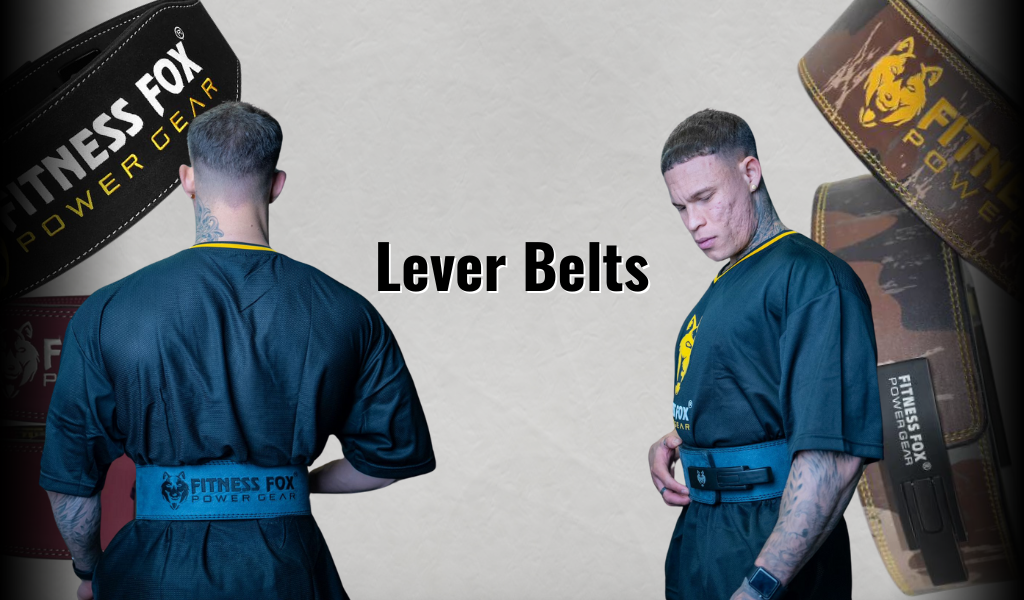
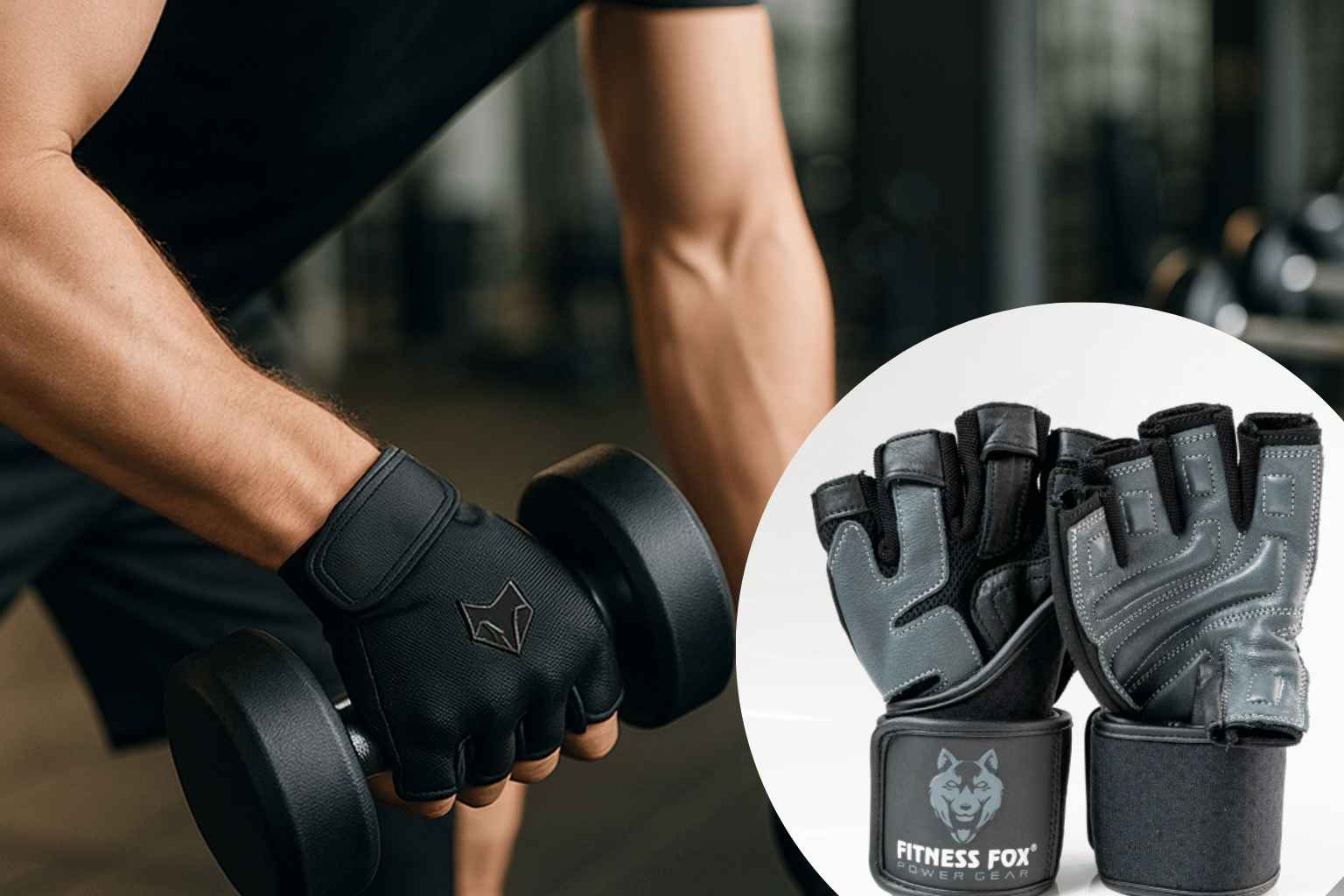
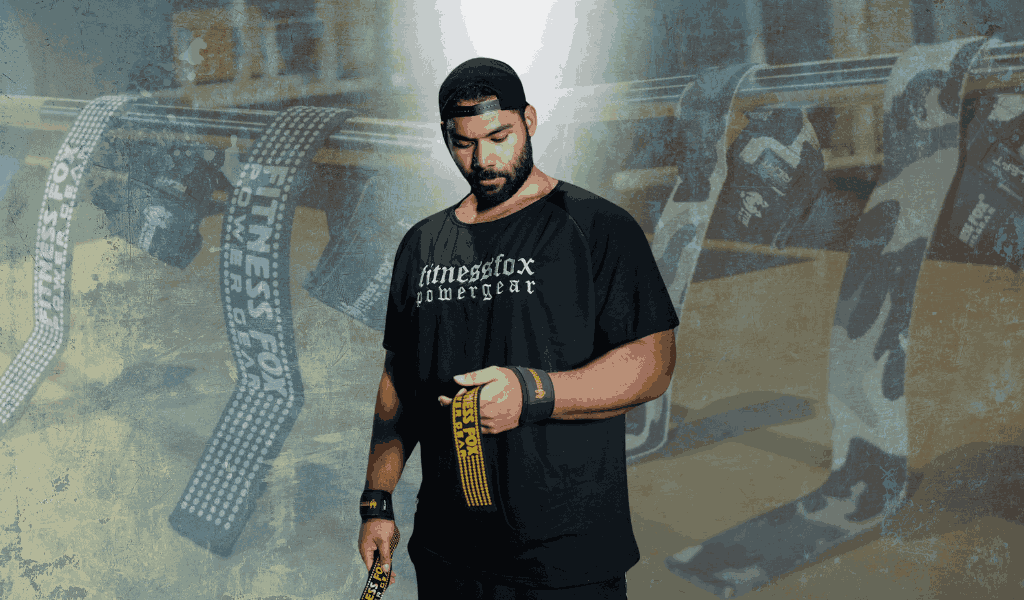
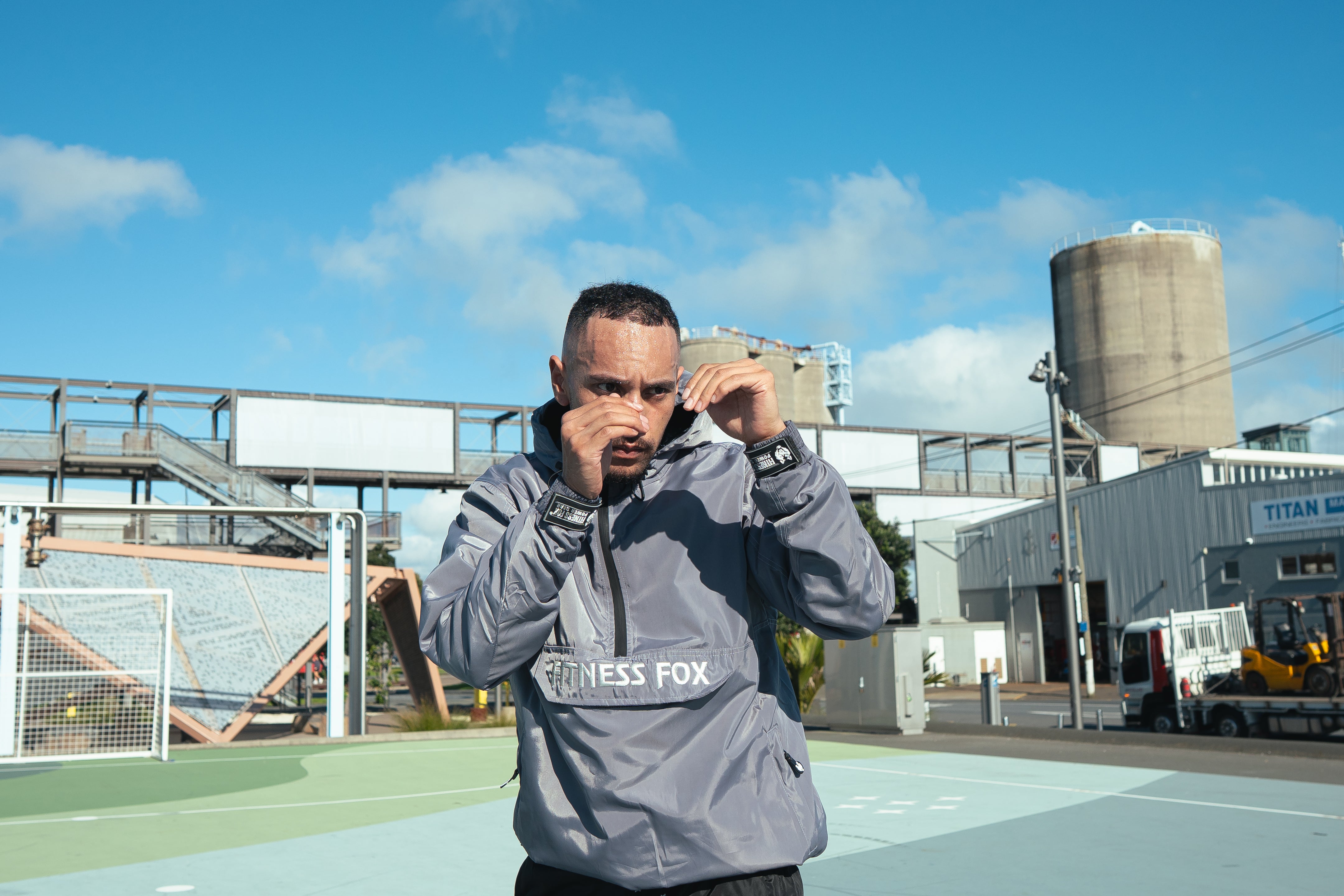





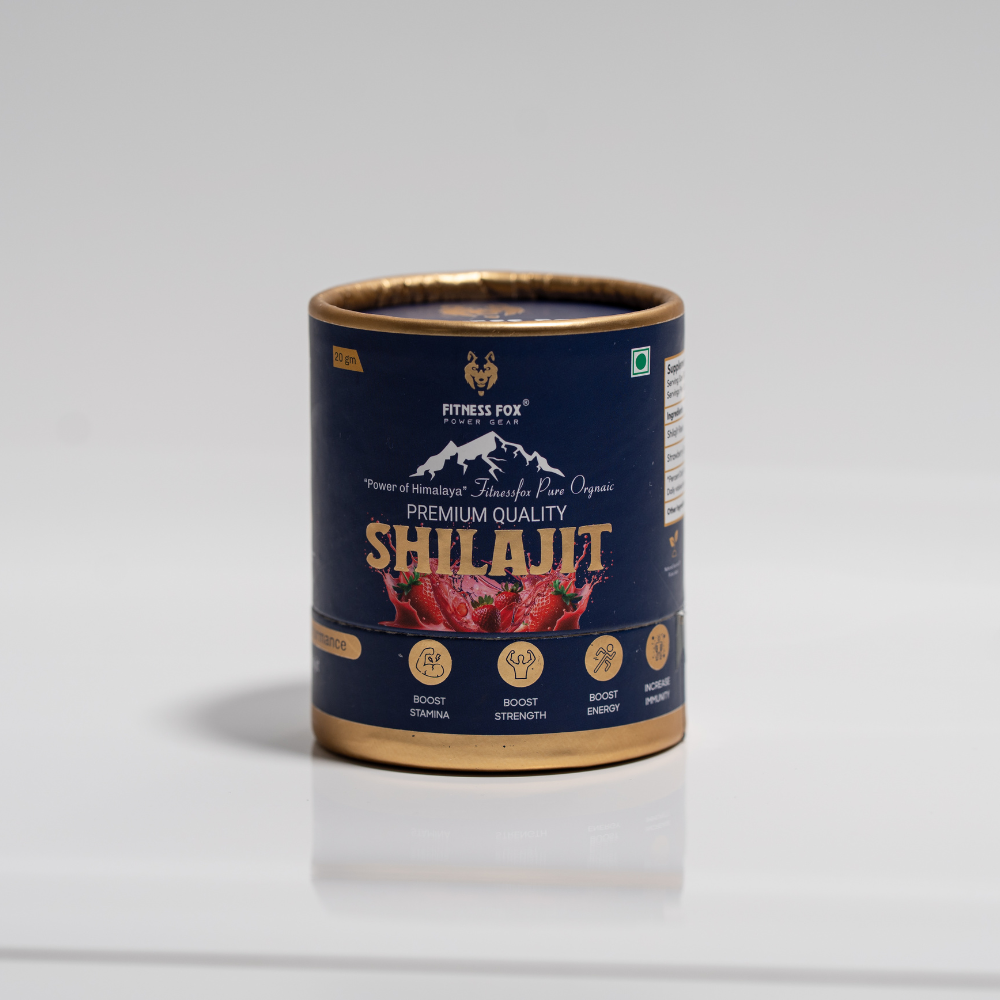

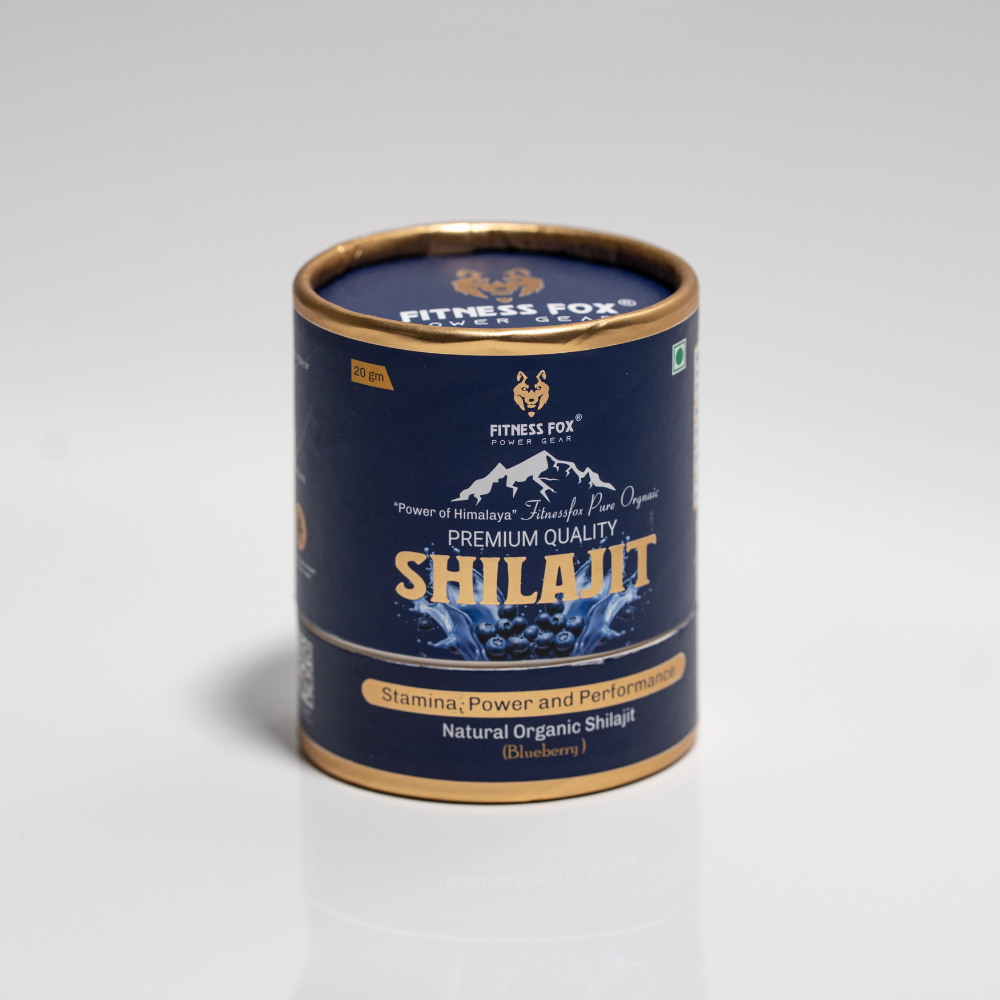

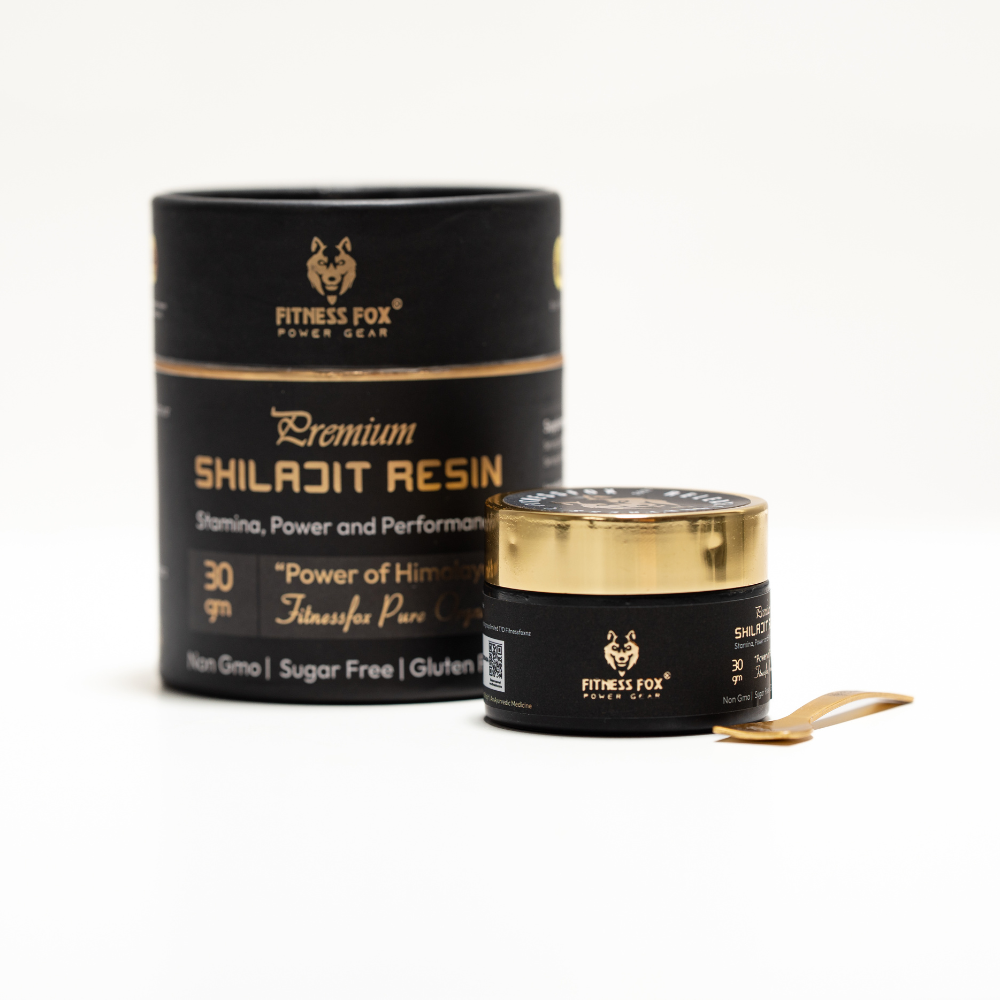



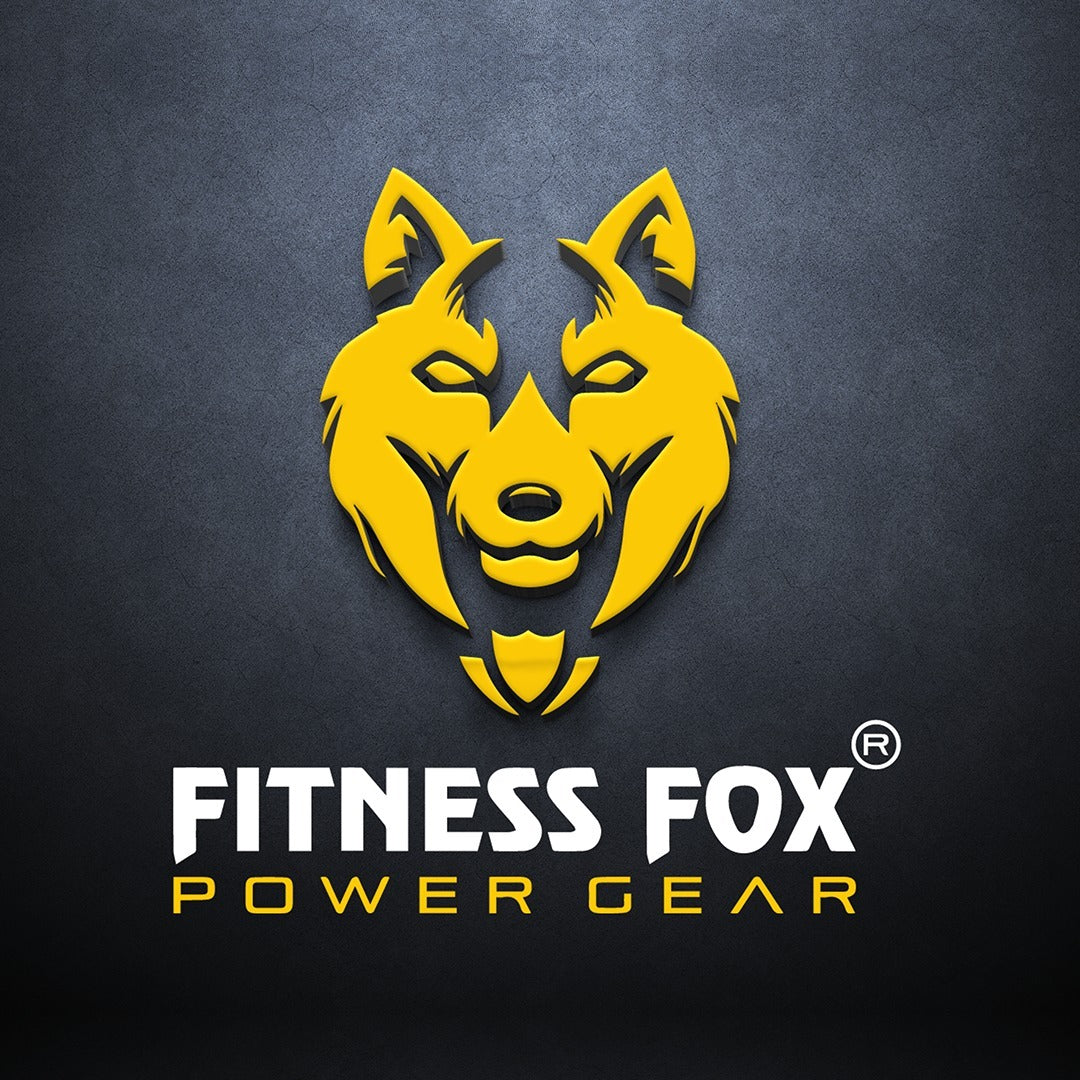
Leave a comment